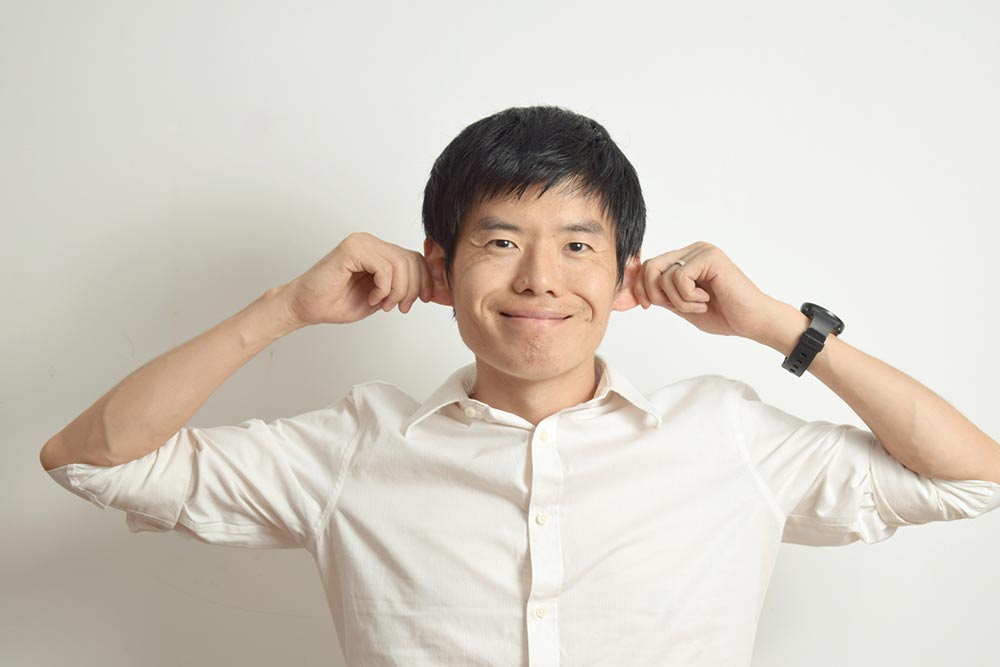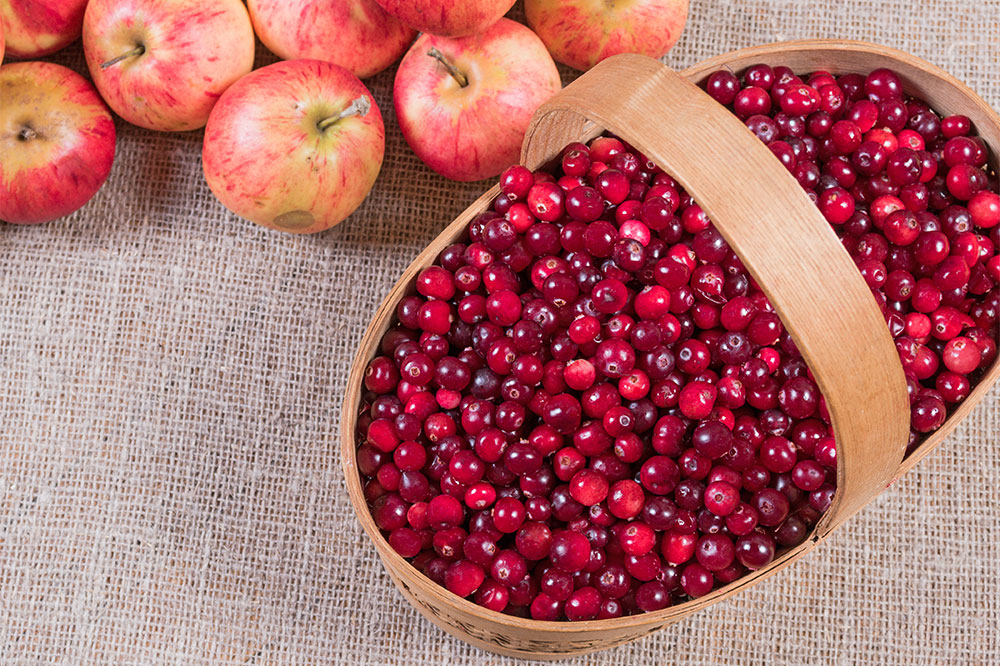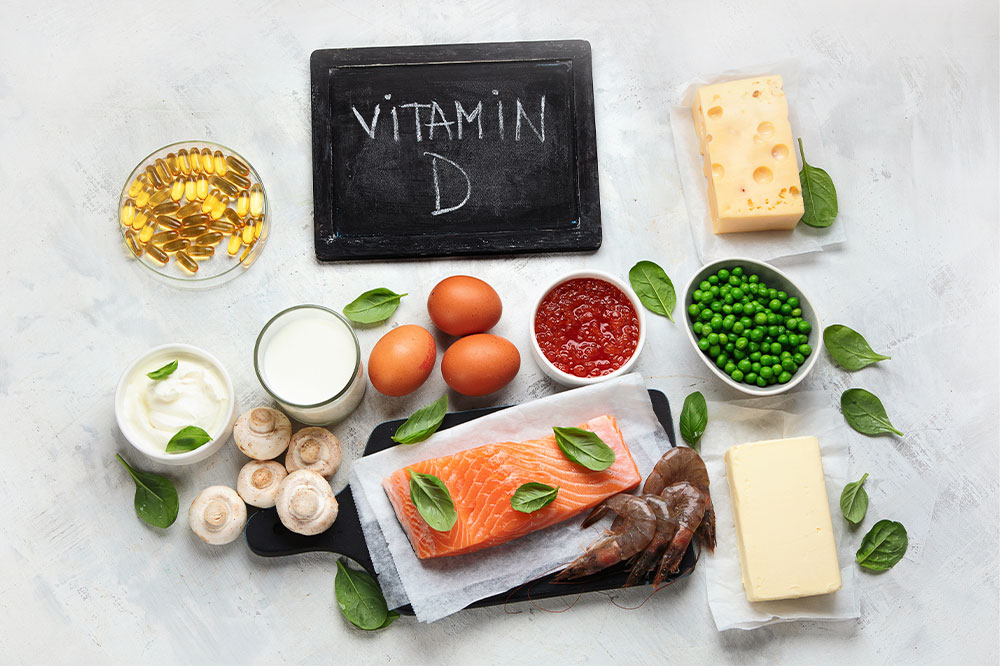9 acupressure points to help relieve pain

Acupressure is an ancient alternative treatment. It involves applying pressure to specific points on the body that are believed to be connected to different internal organs, muscles, and nerves. These can help balance the body’s internal energy and give relief from various, often painful, conditions. It is recommended to talk to a doctor before opting for it. If one chooses an acupressure session, here are nine vital pressure points to know about.
Forehead
A vital acupressure point is located between the eyebrows. It is also traditionally referred to as the Yin Tang. Stimulating this point is said to help in better management of anxiety. In addition, the point can also help people who are dealing with sinus issues. Massaging this point can relieve any tension in the head, face, and eyes. This relief helps find improvement with sinusitis and its related symptoms, like headaches.
Temples
There is one pressure point present on each temple. These are denoted as the Tai Yang points. Massaging these points with a hint of pressure can help in relieving headaches. They are particularly beneficial for people who are dealing with migraine attacks. Massaging these points may help find some peace from an ongoing migraine. But when applying pressure to these points, be mindful of how they are being pressed. Since these points are sensitive, one can very easily put more than necessary pressure on them.
Ear gate
Known as the San Jaio 21 point, this point can be found on the outside of the ear. Its exact location is right on the outside of the ear, where it meets the jawbone. This acupressure pressure point can come in handy when dealing with toothache. It can be used in combination with an ongoing dental treatment or can be used as an emergency mode of treatment in case of sudden shooting pain. Experts suggest this point can also work when the patient is dealing with conditions like ear discharge, lip stiffness, and tinnitus.
Large intestine 4
Traditionally, this point in the body is also known as Hegu. It is the point between the thumb and forefinger; essentially, it can be found at the highest point of the muscle between the two digits. To properly locate the point, bring together the thumb and the forefinger. It is a good pressure point to work on for people who are dealing with stress, headache, facial pain, neck pain, and toothache. However, for pregnant patients, it is considered best to leave the point alone as it can induce labor. Massaging the point is known to bring quick balance to the person’s internal energy. It is specifically beneficial when looking for pain relief and wanting to clear the mind. Try rubbing the point on both hands in circles for up to a few minutes.
Below the sternum
This is a great pressure point to work with for someone dealing with digestive issues. The point is right in the middle of the chest, exactly under the sternum. One must rub this point in circular motions with gentle pressure. It is known as the best point to help with poor digestion. Individuals facing indigestion can try this treatment alongside other treatments as mandated by the doctor.
Both sides of the ankle
Sciatica leads to a terrible shooting pain that renders the patient immobile when the pain is triggered. To deal with this pain, trained therapists recommend massaging points KID 2 and BL 62. These are present on both sides of the ankle. The back of the knee is an additional beneficial acupressure point that people with lower back pain should know about.
Above the ankle
Spleen 6 is an acupressure point that is present just above the ankle. To locate it, put the fingers together and place the hand on the inner side of the ankle right above the bone. The pressure is believed to be crucial because professionals suggest it is the meeting point for the kidney, liver, and spleen meridians. It is also the reason why the point is also referred to as the Three Yin Intersection. In female patients, this point is believed to help deal with gynecological challenges. Aside from that, it also helps one deal with and rectify digestive issues.
The pinky toe
In most cases, this acupressure point is used to serve pregnant women. But it’s not always as simple as massaging it. It requires the help of a professional and should not be attempted by people who lack experience, are newbies just starting off, or are still learning. If interested, one should learn the practice under the guidance of a trained professional and then move on to doing it at home.
Outside the pinky finger
This next point is also present on the hand. It can be found right above the knuckle present on the outer side of the pinky finger. This secret acupressure point is considered particularly beneficial for the neck and the upper back. It helps find relief from pain and brings improvement to the area’s vitality. It is recommended to rub the point with the index finger of the opposite hand. This should be done in a circular motion. The point also helps in finding relief from shoulder stiffness. It helps loosen the tension and tightness in the shoulder with the massage. End the pressure with a few taps of the opposite hand on the point.







